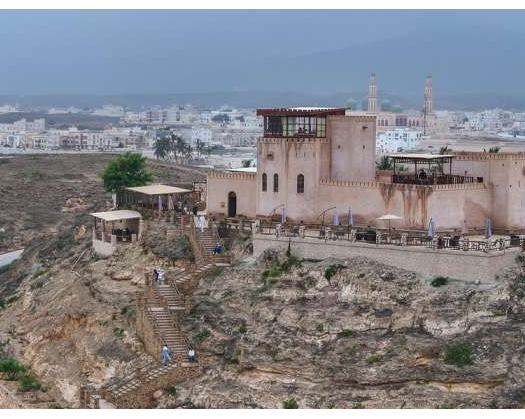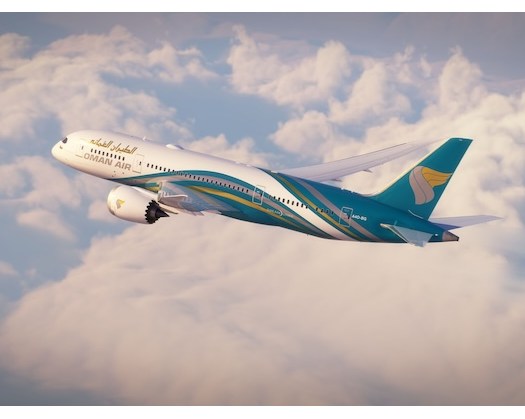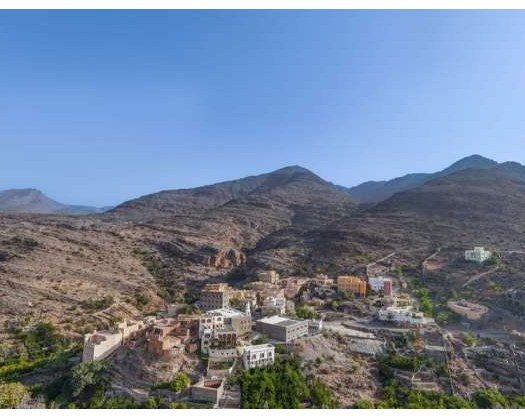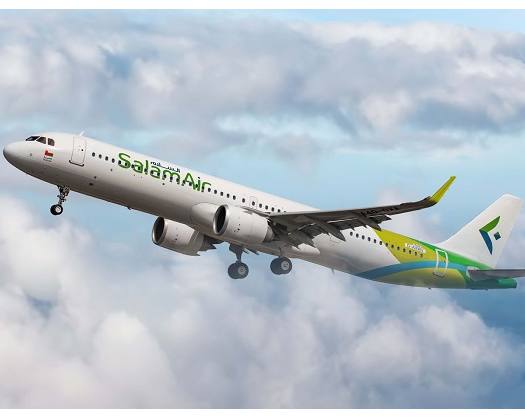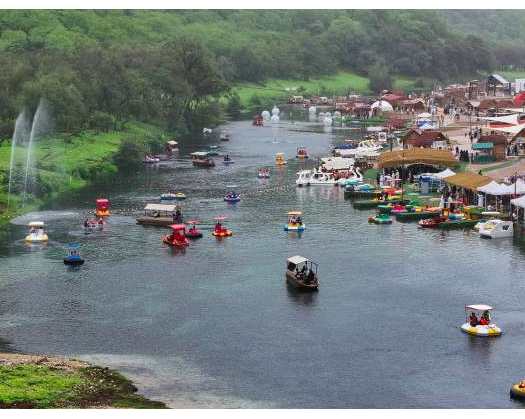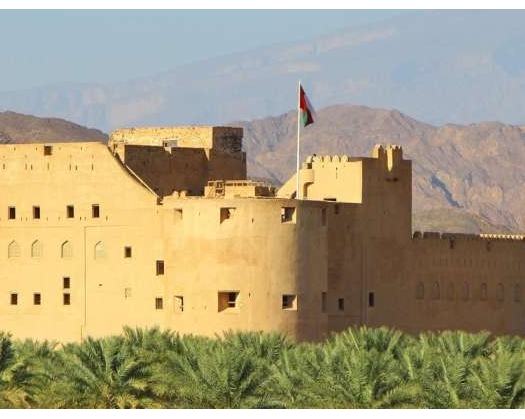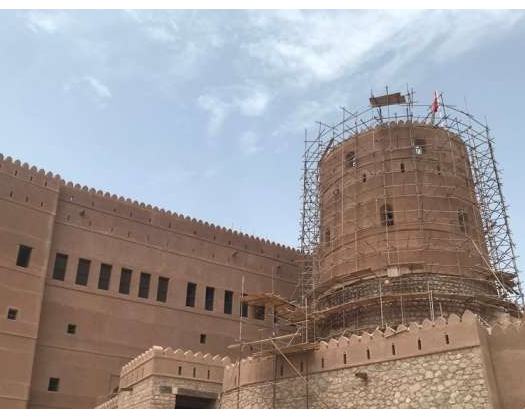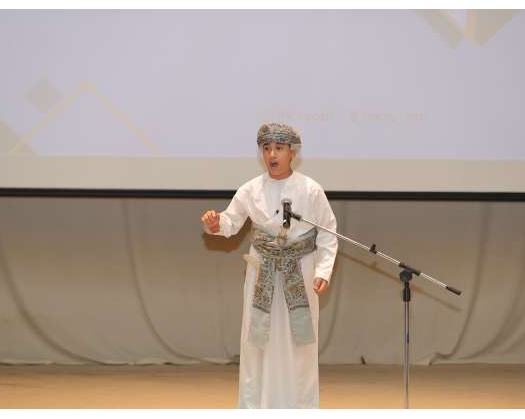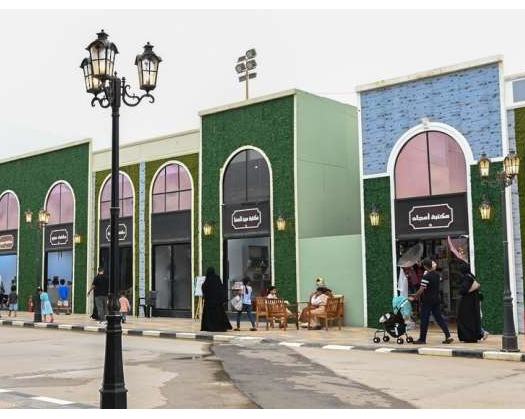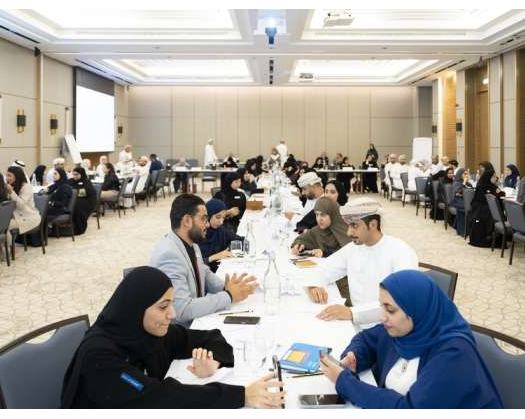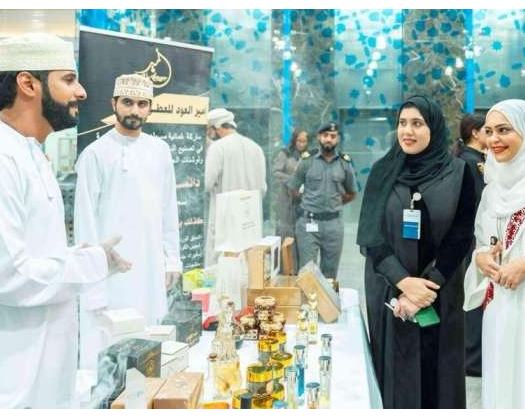Salalah: Dhofar Governorate's museums and archaeological sites are a critical component of cultural tourism throughout the Khareef (monsoon) season. They attract visitors from inside and beyond Oman, reflecting the governorate's diverse cultural and historical resources.
Several officials in the heritage and tourism sectors, as well as investors in archaeological sites, told Oman News Agency that the Khareef Dhofar season is a fantastic opportunity to promote cultural tourism in the governorate, given the large number of visitors interested in Omani history and cultural identity.
Ali Salim Al Kathiri, Director of the Land of Frankincense Sites at the Dhofar Governorate's Directorate General of Heritage and Tourism, noted that the historical towns of Samharam and Al Baleed are a unique example of ancient port cities that prospered on the Arabian Peninsula's southeastern coast. These communities played a key part in the maritime trade network, notably the frankincense trade.
He stated that historical documents and excavation discoveries at these two locations have uncovered a succession of civilizations, demonstrating southern Oman's rich cultural history. Both locations have been included to the UNESCO World Heritage List since 2000.
According to Al Kathiri, the Land of Frankincense monuments and the Museum of the Frankincense Land received 54,569 visitors during the last Khareef season. He expects the figure to rise this season as a result of promotional efforts by the Ministry of Heritage and Tourism in collaboration with public and private sector partners.
He noted that the visitor experience is assessed through frequent field surveys, research investigations performed by professional scientific organizations, and the national Tajawob platform, which gathers public input and ideas. This helps to improve services and promote community engagement with these places.
He went on to say that the efforts involve interactive and educational displays, specialized guides, and educational workshops and activities for visitors and students. Museum activities also engage the local community, increasing their understanding of cultural heritage and national identity.
According to Mohammed Ahmed Sawakheroon, supervisor and investor in the Burj Al Askar and Taqah Castle developments, these projects will combine to create two unified heritage and tourist destinations in the Wilayat of Taqah. They were produced in partnership with numerous government organizations to improve the tourist experience and allow young Omanis to participate in long-term projects.
He noted that the Burj Al Askar location received backing from the Dhofar Governor's Office and was featured in formal visit itineraries. The Dhofar Municipality also helped by laying the route to the tower's summit and supplying important services. The Small and Medium Enterprises Development Authority contributed by selecting the location for a handicraft community during the Khareef 2023 celebrations and planning various events throughout the winter season.
He stated that the tower has a heritage restaurant and café, outdoor leisure activities, and agricultural terraces surrounding the site, providing a heritage-nature experience. He stated that a new investment in Taqah Castle intends to connect the two places via a single tourist path, with specialized shuttles carrying visitors between the tower and the fort. This entails developing cultural excursions throughout Taqah's ancient city to promote its folk and historic legacy.
Harith Mohammed Al Ghassani, a member of the Dhofar Museum's board, said the museum provides a look into the history of the Omani people from the first settlements. It is situated in Salalah's historic neighborhood and is notable for its historic architecture and collection of over 1,000 artefacts collected by the museum's founder since the 1950s. It also provides translated material and integrated services.
He emphasized that the museum draws researchers, aficionados, and tourists because of the informative experience it provides, which tells the story of the Omani people, their environment, and their civilizational connections.
For his part, Salim Ahmed Al Amri, owner of the Tawasul Al Ajyal Museum (Generations Continuity Museum) in Taqah Wilayat, stated that the museum is Dhofar Governorate's first private facility licensed by the Ministry of Heritage and Tourism. It seeks to convey genuine Omani legacy from past generations to the present, emphasizing that preserving cultural memory is a shared responsibility among individuals and institutions.
He stated that the concept for the museum originated from his late mother, Tuffoul Ramadan Bamukhalef, in the 1950s and materialized after her death with the museum's opening in February 2023 inside the family home in Taqah's old district. It serves as a living extension of the memories of the location and its people.
He noted that the museum has four halls: the reception and library hall, the Umm Salim room, which represents the conventional urban environment, and the crafts and industries hall, which displays silver, pottery, palmfrond, leather, and fragrance industries. It also has the Dirham Hall, which houses rare historical coins and replicas of their trade routes through ports, as well as an outdoor courtyard with classic doors, windows, and indigenous trees.
Several travelers shared their cultural tourism experiences with the Oman News Agency in the same vein. Faiza Suwailim Al Kalbani stated that her regular visits to Dhofar Governorate during the Khareef season, which are frequently for work-related conferences and media activities, are invariably accompanied by a deliberate attempt to set aside time to see historical and archaeological sites.
She stated that she began her journey at the Museum of the Frankincense Land before going to the Al Baleed archaeological site, which is included on the World Heritage List, where she learned about the history of the frankincense trade. She traveled to the old city of Samharam and the historic Khor Rori Port, stopping along the way at Taqah Castle, Mirbat Castle, and a number of natural attractions including Al Mughsayl Beach and Al Marneef Cave.
She stated that this experience brought a cognitive and cultural dimension to her professional trip, transforming her trip to Dhofar Governorate into a combination of work, history, and leisure.
Nasser Saif Al Maamari, on the other hand, said that he wanted to see Burj Al Askar and Taqah Castle during his trip to Taqah Wilayat. He praised the careful architectural design of both locations, as well as the archaeological artifacts that represent local culture, and expressed his joy in the accomplishments that demonstrate a dedication to historical heritage.
Abdul Hamid Mohammed Al Khalidi, a visitor from Kuwait, called his trip to the Museum of Frankincense Land an enlightening experience. He highlighted the considerable tourist activity at cultural and historical attractions throughout the Khareef season, particularly among Gulf and Arab travelers, due to the diverse content that represents Oman's ancient history.
He stated that the museum's exhibitions shed light on the frankincense culture, which was a key trade hub in the area. He stated that these sites increase the attraction of Dhofar Governorate as a full tourist destination that blends natural beauty with cultural diversity.

